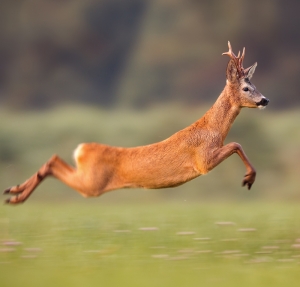
The Alexander Technique makes for economy of effort in everyday activity. An example: in walking or running we conserve energy by the elastic nature of tendons and muscles. As the foot hits the ground mechanical energy is stored in these elastic elements which then is released during the ‘push off’, of the ground. The energy is recovered as a spring-like bounce (easy to observe in children and four-legged animals). This effect is dependent on the elasticity of the elastic elements involved which in turn is dependent on the amount of stretch the elastic elements allow for in movement. (The same reason a tennis ball can bounce and a bowling ball cannot.) Stiffness and rigidity does not make for stretch and elasticity, instead walking or running becomes heavy and sluggish, and each step will require more energy and the muscles will fatigue quicker. Practising the Alexander Technique creates length and expansion of our whole muscular system, whatever the activity. The Technique teaches you how to obtain an ‘inner stretch’ – meaning you don’t have to perform any particular activity to achieve it. (There are no ‘stretching’ exercises in the Technique.) Even in sitting and standing you can allow the musculature to lengthen. Then it will ready for the bouncy effect available to us in walking or running. This is just one of several ways in which the Technique makes for ease and efficiency.
